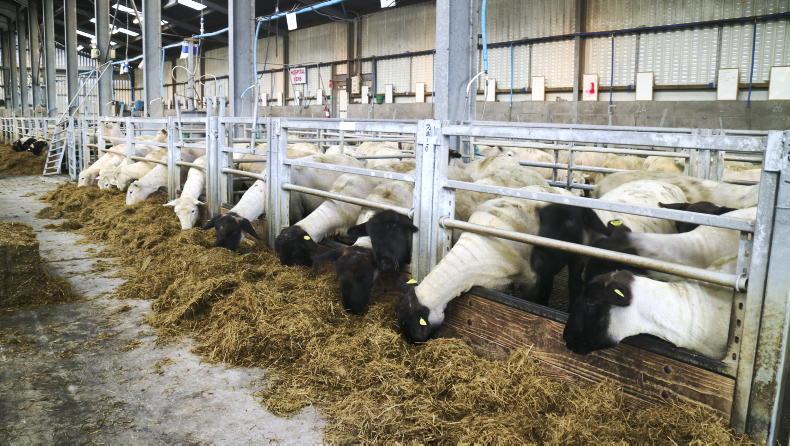Many highly stocked farms are faced with the prospect of housing ewes much earlier this winter, with some flocks already starting to house a portion of their ewes.
Where ewes can be housed dry, it allows ewes to settle quicker into their new environment and for those carrying out winter shearing, makes this task much more straightforward.
Decisions on winter shearing are more in the balance this year due to wool prices being on the floor and not even being capable of making a significant contribution to shearing costs.
However, there are numerous production benefits to winter shearing that knock the hard edge of costs borne.
Research
Teagasc research shows winter shearing has the potential to increase lamb birth weight in mid-season lambing ewes by 0.6kg without increasing lambing difficulty.
This in turn feeds into an increase in weaning weight by 1.9kg liveweight and subsequently reduces the age of lambs to slaughter by about two weeks.
Winter shearing allows about 15% more ewes to be housed in a given space (take care to ensure that there is sufficient feeding space), while it will also allow condition to be monitored easier and keep ewes cleaner pre- and post-lambing.
Some farmers have also built it into a system of not having to shear ewes until after weaning and also find benefits in reducing the number of ewes going on their back.
Take note that ewes should only be shorn where there is the potential for at least eight weeks of wool regrowth and ewes are being turned outdoors from March onwards.
This can be taken one step further in farms which are located in exposed areas, with the caveat that there is shelter available should weather conditions turn bad post-turnout.






 This is a subscriber-only article
This is a subscriber-only article











SHARING OPTIONS: